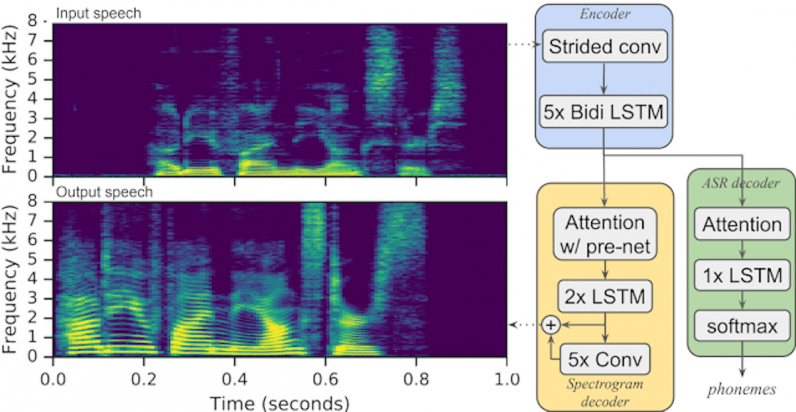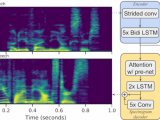
„There’s a lot of fascinating innovation going on at Neuralink“
13. April 2021„There’s a lot of fascinating innovation going on at Neuralink“
San Francisco, 4/13/2021
On the Lex Fridman AI Podcast, Elon Musk recently talked about technology and innovation at the company he founded, Neuralink. His predictions about the research results are sensational.
Lex Fridman: The work at Neuralink promises to help treat neurobiological diseases and help people better understand the connection between individual neurons and the high-level function of the human brain. One day, it could expand the brain’s capacity through two-way communication with computing devices, the Internet and artificial intelligence systems.
At Neuralink, there are a lot of fascinating innovations that span multiple disciplines. The flexible wires, the robotic sewing machine, brain motion response, and so on. Do you hope that the work at Neuralink will help us understand more about the human brain?
Musk: Yes, I think the work in Neuralink will definitely provide a lot of insights into how the brain works. Right now, the data we have on that is very limited. We use fMRI (functional magnetic resonance imaging), but then that’s like holding a stethoscope to the outside of a factory wall. We hear the sounds , but we don’t know what the machines are doing.
To really know what’s going on in the brain, you have to have highly accurate sensors and stimulus and response. When you trigger a neuron, how does it make you feel? How does it change your perception of the world? It’s about having high-precision sensors that tell us what individual neurons are doing, and then triggering a neuron to see how the brain responds.
Fridman: On the human side, there is some plasticity in the brain, and on the machine side, we have neural networks, machine learning and artificial intelligence. It’s able to adapt and figure out signals. So there is a mysterious language in the human brain that we don’t understand perfectly. Your research aims to understand this language in order to communicate in both directions. Where do you see the greatest benefit: on the side of the machines or on the side of the humans? Can you imagine both sides working together?
Musk: I think the machine side is far more malleable than the biological side. It will be the machine that adapts to the brain, which is the only thing possible. The brain can’t adapt to the machine that well. You can’t get neurons to start thinking of an electrode as another neuron.
We are currently working on two levels. We have a limbic, primitive layer of the brain where all our impulses come from. It’s like we have a monkey brain with a computer on it, which is the human brain. And a lot of our impulses are controlled by the monkey brain, while the computer is constantly trying to make the monkey brain happy. It’s not the cortex that controls the monkey brain, but the monkey brain controls the cortex. The cortex is what we call human intelligence, like an advanced computer, compared to other living things.
Fridman: How are machine learning methods, like natural language processing applications, being used for communication between the machine and the brain? Do you see the value?
Musk: Yes, absolutely. We are a neural network and so is AI. So it’s like a digital neural network will connect with a biological neural network and hopefully take us along. The vast majority of our intelligence will be digital. Think about the difference in intelligence between your cortex and your limbic system, which is gigantic. Your limbic system really has no understanding of what the cortex is doing.
Fridman: What impact will Neuralink have in the future in terms of science and society?
Musk: Neuralink will initially solve a lot of brain-related diseases, for example autism, schizophrenia and memory loss. Eventually, we will also provide solutions for critical damage in the brain or spinal cord. A lot can be done to improve an individual’s quality of life. For example, in the case of a spinal cord injury, if we can restore full motor control to these individuals or restore brain functionality after a stroke. To do that, you have to be able to fire and read the right neurons. And then you create a circuit, replace what’s broken with silicon, and essentially fill in the missing functionality.
Over time, we can develop a tertiary layer. The limbic system is a primary layer and the cortex is a second layer that is much smarter. The tertiary layer will be the digital superintelligence. It will be much more intelligent than the cortex, but still coexist peacefully and benignly.
Ultimately, however, it should address the rest of the existential risk associated with digital superintelligence. We will not be able to be smarter than a digital supercomputer. So if you can’t beat them, you should join them.
It’s important that Neuralink solves this problem sooner rather than later, because at the point where we have digital superintelligence, things become very uncertain. That doesn’t mean they’re necessarily bad or good, but when we go beyond the singularity, they become extremely unstable. We want to interface with the human brain before the singularity, or not long after, to minimize the existential risk to humanity and consciousness.
The problems at Neuralink are materials science, electrical and mechanical engineering, software, and microfabrication. The issue is that you need a tiny electrode that is small enough that it doesn’t hurt the neurons. But it has to last as long as a human. You have to take the signal and process it locally with little energy. We need chip design engineers because we have to do the signal processing very low power. The brain is very sensitive to heat.
Then we need to automate the whole thing [with robots]. It’s like LASIK. If it’s done by neurosurgeons, you can’t scale it to a large number of people. And it has to scale to a lot of people, because ultimately we want the future to be determined by a large number of people.

